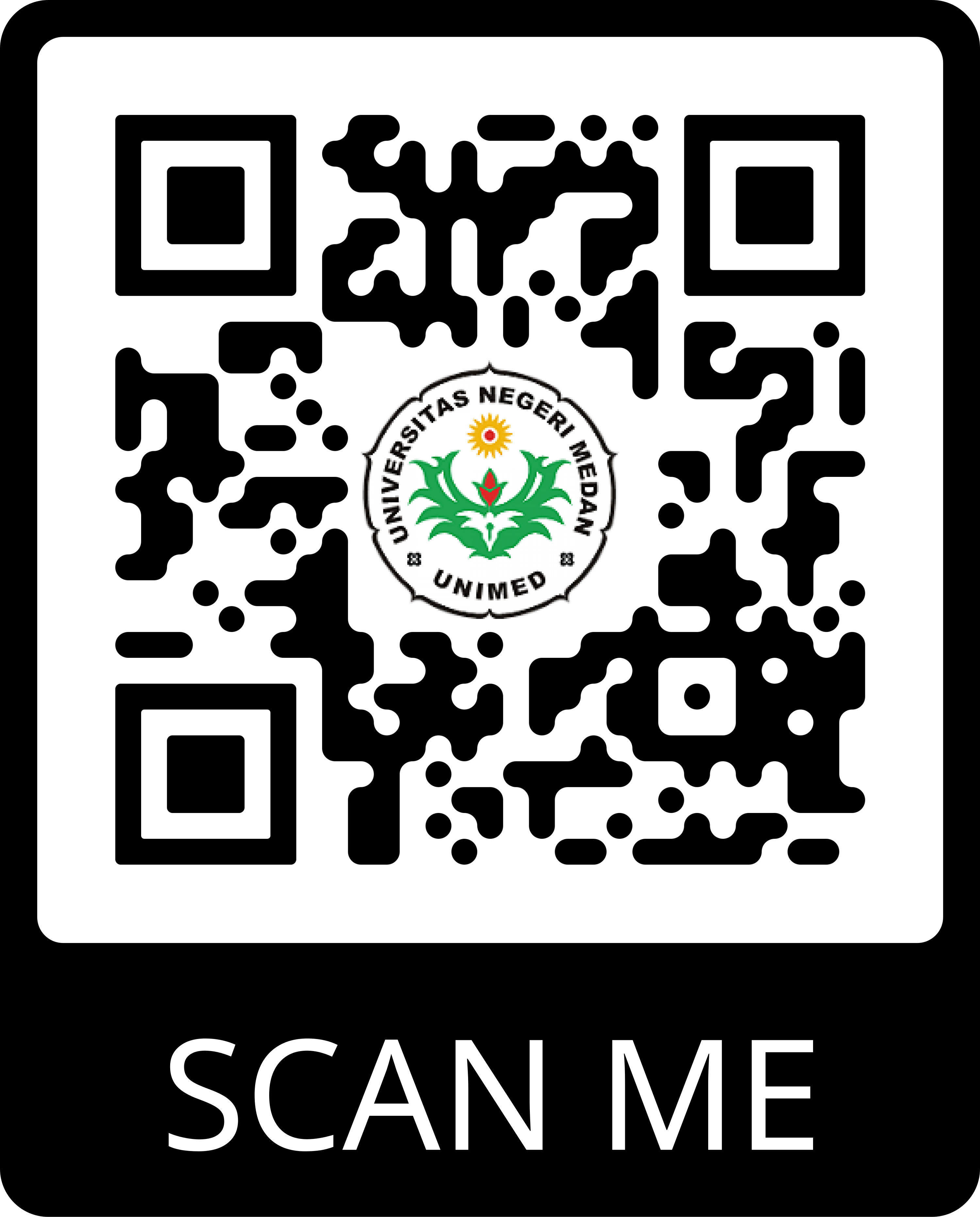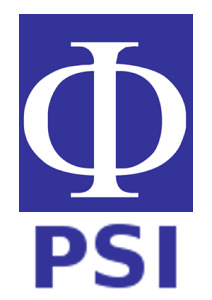DEVELOPMENT OF E-MODULE INTEGRATED STEM-BASED INQUIRY LEARNING IN VOCATIONAL PHYSICS STUDIES
Abstract
Keywords
Full Text:
PDFReferences
Afriana, J., Permanasari, A., & Fitriani, A. (2016). PROJECT BASED LEARNING INTEGRATED TO STEM TO ENHANCE ELEMENTARY SCHOOL’S STUDENTS SCIENTIFIC LITERACY. Jurna Pendidikan IPA Indonesia , 261-267.
Baharin, N., Kamarudin, N., & Manaf, A. K. (2018). Integrating STEM Education Approach in enhancing Higher order Thingking Skill. International Jurnal Of Academic Research on Business & Social Sciences , 810-822.
Beers, S. (2011). 21 st Century Skills: Preparing Students For Their Future.
Crippen, K., & Archambault. (2012). Scaffolded inquiry-based instruction with technology: A signature pedagogy for STEM Education. Computers in the Schools.
Radloff, J., & Guzey, S. (2016). Investigating PreserviceSTEM Teacher Conceptions of STEM Education. Journal of Science Education and Technology , 759-774.
Sanjaya, W. (2008). Strategi Pembelajaran berorientasi Standar Proses Pembelajaran. Jakarta: Kencana Prenada Media Group.
Scott, C. (2012). An Investigation Of Science, Technology, Engineering and Mathematics (STEM) Focused High Schools In The U.S. Journal of STEM Education , 30-39.
Septian, A. (2016). Penerapan Asesmen Kinerja Dalam Pendekatan STEM (Sains teknologi engiineering matematika) untuk Mengungkap keterampilan Proses Sains. Isu-Isu Kontemporer Sains, Lingkungan, dan Inovasi Pembelajarannya. Surakarta: Universitas Muhammadiyah Surakarta.
Tegeh, I. M., Jampel, N. I., & Pudjawan, K. (2014). Model Penelitian Pengembangan. Yogyakarta: Graha Ilmu.
Usman, B. (2002). Metodologi Pembelajaran Agama Islam. Jakarta: Ciputat Pers
DOI: https://doi.org/10.22611/jpf.v9i2.21206
Article Metrics
Abstract view : 553 timesPDF - 1057 times
Refbacks
- There are currently no refbacks.
Copyright (c) 2020 halimatus sakdiah

This work is licensed under a Creative Commons Attribution 4.0 International License.
___________________________________________________________________________________________________________________________________________
Jurnal Pendidikan Fisika
p-ISSN : 2252-732X | e-ISSN : 2301-7651
Organized by The Magister of Physics Education Departement in State University of Medan in collaboration with Physical Society of Indonesia (PSI)
W: https://jurnal.unimed.ac.id/2012/index.php/jpf/index
E : jpfunimed@unimed.ac.id
rajo.hasim@gmail.com (principal contact)

_____________________________________________________________________________________________________________________________________________

This work is licensed under a Creative Commons Attribution 4.0 International License.





